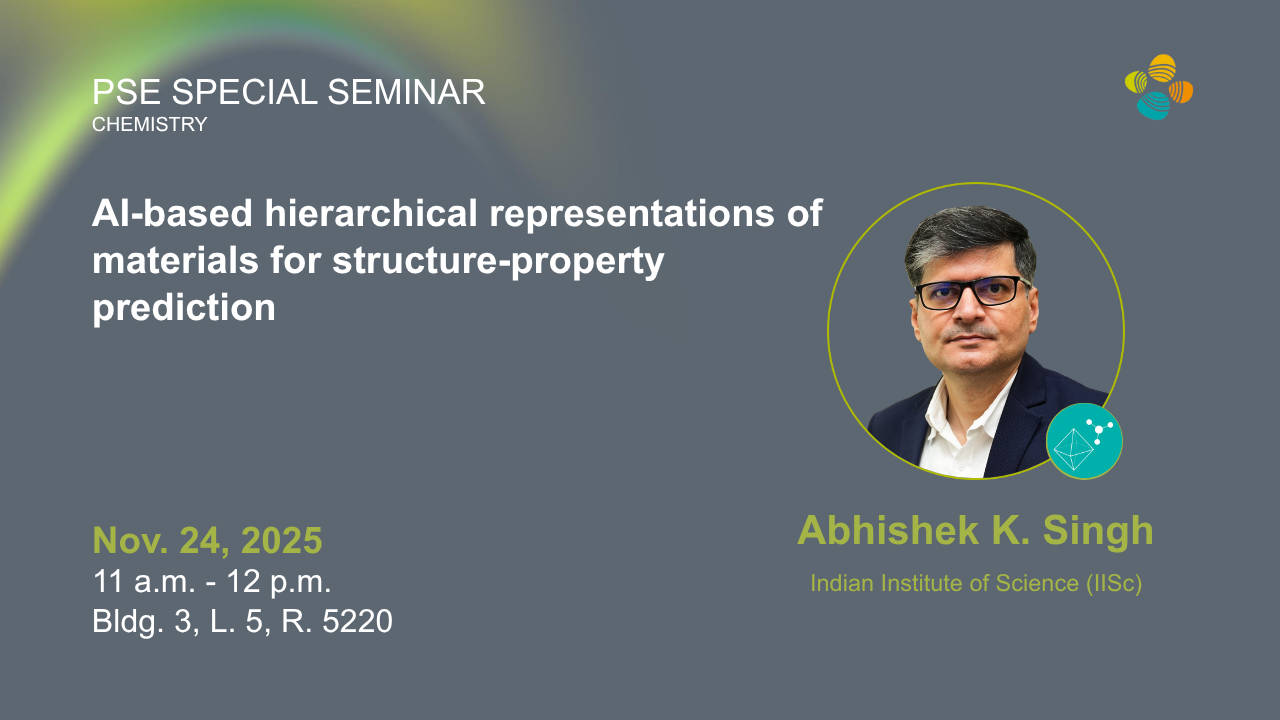Nov 2025
AI-based Hierarchical Representations of Materials for Structure–Property Prediction

Abstract
Understanding and predicting material properties across multiple length scales is essential for designing next-generation materials using artificial intelligence. Complex systems such as superalloys exhibit properties like Vickers hardness and phase stability that are governed by both atomic-scale interactions and microstructural features. To capture these multiscale correlations, this work introduces hierarchical representations that integrate both image-based and atomistic descriptors. At the microstructural level, three complementary frameworks are employed to represent image-derived information: statistical representations using two-point spatial correlations to capture phase distribution patterns; geometry-based analyses extracting morphological descriptors such as area, perimeter, and precipitate shape; and deep learning methods, including convolutional neural networks, that automatically learn hierarchical features directly from raw SEM images. These descriptors are combined with metadata such as composition and processing history to predict mechanical properties like Vickers hardness. At the atomic level, a graph-based representation; known as the Chemistry and Local Environment Adaptive Representation (CLEAR); encodes crystal structures by integrating elemental properties with interatomic distances through Voronoi-based neighborhoods. Pooling operations then transform graph features into fixed-size vectors, enabling accurate prediction of formation energies and phase stability. Together, these approaches establish interpretable, multiscale frameworks that bridge atomistic and microstructural hierarchies, accelerating AI-driven materials discovery and design.
References: Acta Mater. 196, 295–303 (2020); J. Mater. Sci. 55, 15845 (2020); Acta Mater. 276, 120–122 (2024); Comput. Mater. Sci. (2025) 113854.
Biography
Professor Abhishek K. Singh is a leading figure in computational materials science and nanotechnology. At the Indian Institute of Science (IISc) Bangalore; India’s premier research university consistently ranked among the world’s top institutions; he spearheads cutting-edge work in machine learning–driven materials design, energy catalysis, and quantum simulations. His research combines ab initio theory, high-throughput computation, and AI frameworks to accelerate the discovery of novel materials for hydrogen energy, thermoelectrics, batteries, and sustainable catalysis.
A Ph.D. alumnus of Tohoku University, Japan, and former researcher at Rice University (USA) and UC Santa Barbara, Professor Singh has delivered over a hundred invited talks worldwide and serves on editorial boards of Scientific Reports and Journal of Physics: Materials. His honors include the Materials Research Society of India Medal and the Distinguished Lectureship Award of the Chemical Society of Japan.
With over 200 publications in top-tier journals such as Nature, Advanced Materials, and ACS Catalysis, he continues to shape the global landscape of AI-assisted materials discovery and computational catalysis, embodying IISc’s legacy of excellence alongside luminaries like C. V. Raman and G. N. Ramachandran.